#nature in missouri
Photo

Thomas Bils
Kansas City, Missouri, 2023
2K notes
·
View notes
Text




Onondaga
📷: @sjscoyote , 2010
📍: Onondaga Cave State Park, Missouri
#caves#photography#nature photography#spelunking#cave photography#missouri#onondaga cave#geology#photography is art#photographers on tumblr
1K notes
·
View notes
Text
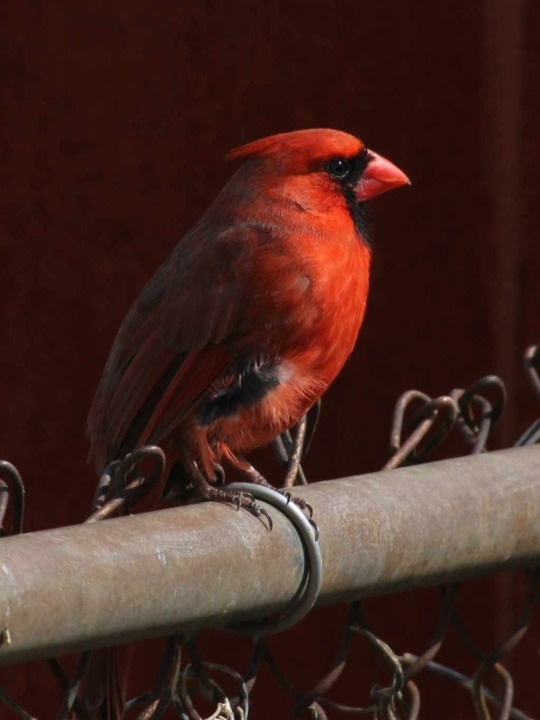
Northern Cardinal
Cardinalis cardinalis
Male
Shining in all his glory.
March 17th, 2024
Jefferson County, Missouri, USA
Olivia R. Myers
@oliviarosaline
#birds#birding#birdwatching#bird watching#cardinal#cardinals#northern cardinal#backyard#backyard birds#Missouri#birds of Missouri#the ozarks#ozarks#avian#bird photography#Cardinalis cardinalis#Cardinalis#wild birds#birdcore#red bird#red birds#bird art#birbs#birds of tumblr#nature#naturecore#wildlife#wildlife photography#st. louis#birds of north america
229 notes
·
View notes
Text

So I went on a phenology walk at Ozark Audubon today. We were mainly looking for any flowers that might have survived the freeze a few days ago, but we found some other neat stuff, too. This was one of the coolest! Look closely at the end of the branch--you can see where it has been neatly carved away, and then snapped in the center after the branch died.
That's the work of the female twig girdler (Oncideres cingulata), a species of longhorn beetle found in the east and midwest United States. She girdles the branch of a hardwood tree, lays her eggs in the branch, and then after it falls the eggs hatch and the larvae feed on the dead wood.
#insects#beetles#invertebrates#trees#native species#Missouri#Ozarks#nature#wildlife#animals#ecology#environment#science#scicomm#biology
361 notes
·
View notes
Text

It's dandelion season here in Columbia, and thanks to a visitor to our reading room, we found a beautiful dandelion in our copy of Leonhart Fuchs' De Historia Stirpium (1542). Dandelions are native to Eurasia and may have been brought to North America for medicinal purposes by early colonizers. VAULT OVR QK41 .F7 1542
#dandelion#dandelions#rare books#history of science#scientific illustration#mizzou#special collections#libraries#university of missouri#bookhistory#history#books#illustration#nature illustration#botany#biology
113 notes
·
View notes
Text

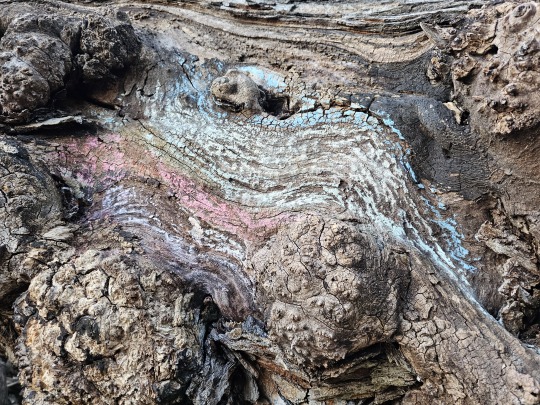
art is nature and nature is art.
#art#nature#nature aesthetic#naturecore#midwest#missouri#adventurecore#wandercore#winter#cryptidcore#nature art#chalk#trees#explore#get outside#get outdoors#mother nature#mother earth
81 notes
·
View notes
Text
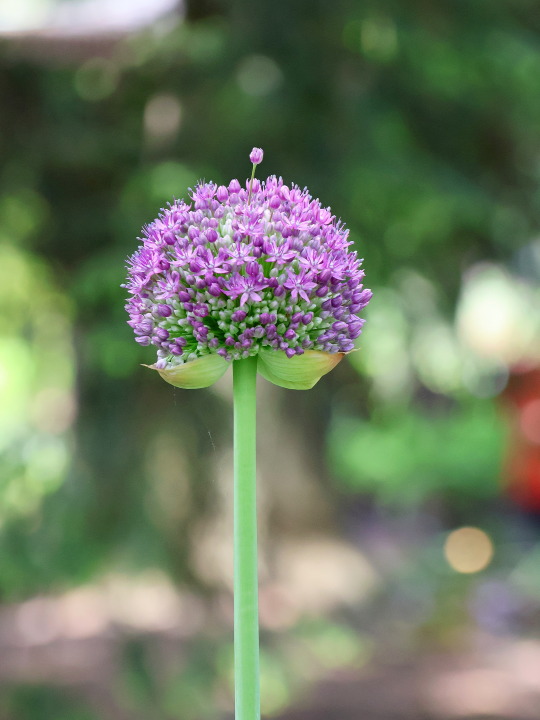
Some sort of allium. St. Louis Botanical Gardens, Missouri.
#allium#flower#flowers#botanical garden#st. louis#missouri#original photography#travel#photographers on tumblr#landscape#photography#lensblr#nature#nature photography#wanderingjana
92 notes
·
View notes
Text
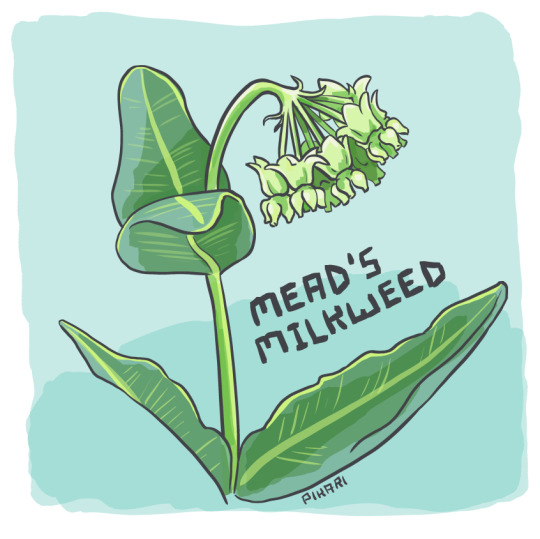
My mead... ahem, sorry, my milk... is only for the butterflies.
Mead's Milkweed (Asclepias meadii)
Missouri, Illinois, Indiana, and Wisconsin, USA
Status: Threatened
Threats: loss of habitat to agriculture, invasive plants, pesticides
#plant#milkweed#endangered plants#botanical art#nature art#flower#north america#usa#missouri#illinois#indiana#wisconsin
57 notes
·
View notes
Text
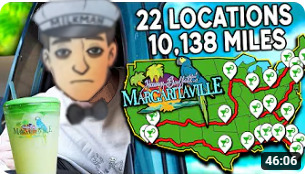

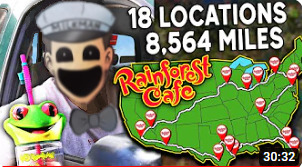
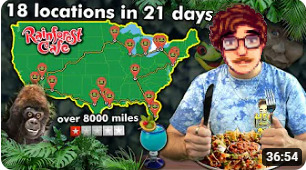
If Francis Mosses looks like Ted Nivison's milkman (TM)
And Harvey of Stardew fame resembles Eddy Burback
Math dictates that:
(Ted + Eddy) x (Rainforest Cafe + Margaritaville) = (Milkman + Harvey) x (Bad photoshopping + God strike me down)
Or something... I don't know, I almost failed math in highschool.
#that’s not my neighbor#thats not my neighbor#tnmn#francis mosses#tnmn milkman#milkman#stardew valley#stardew#stardew harvey#the bowtie is atrocious#My evil editing app of choice is microsoft paint#Rotation haunts my nightmares#I wake up in a cold sweat because something needs to rotate by like 15 degrees#this was the natural conclusion to a conversation with a friend#when is it not#same one as always too#i have no original thoughts#I merely combine and regurgitate the concepts and brainchildren of group efforts and others#if i was on a road trip with them I'd jump out the window and roll all the way to the Cracker Barrel at 3304 Clark Ln Columbia Missouri#all the way to The Factory TM even
47 notes
·
View notes
Text


The view from my living room window early this morning. I love it.
87 notes
·
View notes
Text
Lepiota sp.
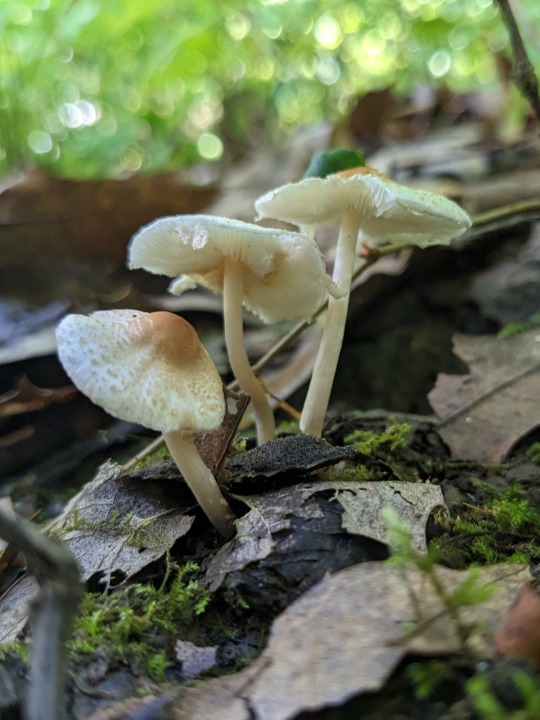

Aug. 14th, 2023
St. Louis County, Missouri, USA
Olivia R. Myers
@oliviarosaline
#nature#mushrooms#mushroom#fungi#fungus#mushroom photography#fungi photography#hiking#exploring#forest floor#cottagecore#fairycore#tiny mushrooms#mycology#lepiota#moss#woods#exploring the woods#exploring nature#ozarks#the ozarks#Verrucosporaceae#agaricales#mushroomcore#forest#naturecore#missouri
93 notes
·
View notes
Text
Here in the Pacific Northwest, the iconic fish that we most commonly associate with the ecological devastation of dams is the salmon. However, sturgeons also face extinction due in part to these massive structures that not only change the flow and temperature of rivers, but can cut fish off from their breeding grounds. That includes in my home state of Missouri.
Sturgeons are really incredible animals. Their unique lineage split off from the rest of the fish during the early Jurassic, 175 to 200 million years ago. Sturgeons themselves can be comparatively ancient, with some individuals living 150 years. They may not breed until they are at least 25 years old.
Lake sturgeons (Acipenser fulvescens) are one of many species driven close to extinction by overfishing for meat and roe, as well as habitat loss and pollution. For the past three decades biologists have been reintroducing this species to parts of its historic range in Missouri, and for the third time since conservation efforts began they have witnessed these fish--now grown up--spawning. Previous observations were made in 2015 and 2022, meaning the recovery is still quite recent.
But it's proof positive that restoring habitat, once again, is one of the best ways we can help wildlife. Long may the sturgeon swim!
#fish#sturgeon#wildlife#nature#animals#habitat restoration#endangered species#extinction#conservation#environment#environmentalism#ecology#restoration ecology#good news#hopepunk#Missouri#science#scicomm#science communication#fishing
509 notes
·
View notes
Text




A few creepy crawlies for the weekend before Halloween! These lovelies are from lllustrations of Exotic Entomology by Dru Drury (1837). Drury collected natural history specimens through a network of officers on merchant ships throughout the world. Drury employed artists Moses Harris and Mary Gartside to create drawings from specimens for his work Illustrations of Natural History, which was first published in London between 1770 and 1782. The same images were reproduced in this later work in 1837.
Drury, Dru, and J. O. Westwood. 1837. Illustrations of Exotic Entomology : Containing Upwards of Six Hundred and Fifty Figures and Descriptions of Foreign Insects, Interspersed with Remarks and Reflections on Their Nature and Properties. H.G. Bohn. RARE QL466 .D79
#bugs#insects#entomology#history of science#histsci#art#illustration#scientific illustration#natural history#nature illustration#rare books#bookhistory#mizzou#special collections#libraries#university of missouri
167 notes
·
View notes
Text

Need to pick up the pace
75 notes
·
View notes
Text

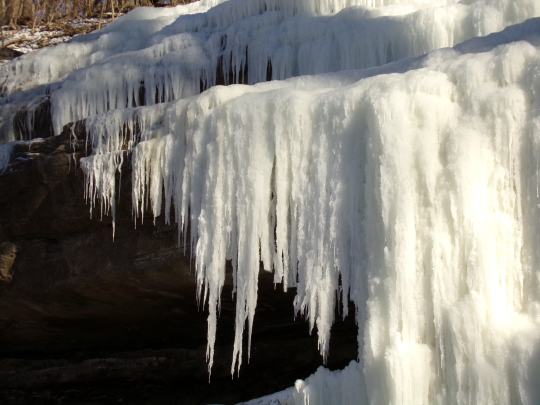

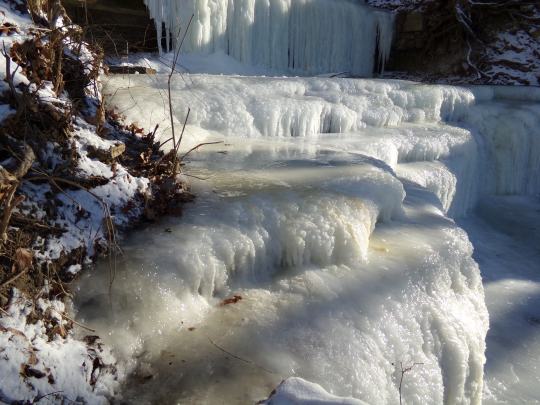
frozen falls ₊˚。❆
#frozen waterfall#ice#snow#snow aesthetic#winter#midwest winter#midwest#missouri#adventurecore#naturecore#wandercore#nature#forest#woods#winter aesthetic#my photos#my photography
53 notes
·
View notes